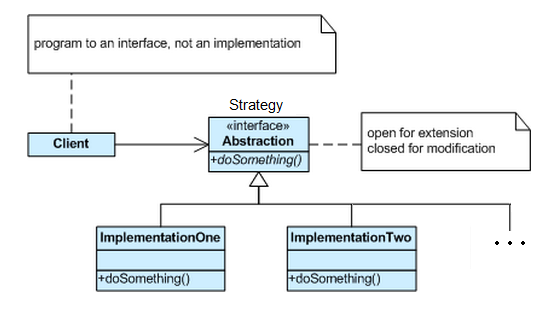With the proliferation of agile term overloads and the software suites that claim to be “agile”, how do you differentiate the noise from the real thing?
Is chaos really agile?
No, certainly not. Collaboration and working software, developers at the center of enabling business change, that for me is Agile. Chaos and unmanaged change is not.
I signed the Agile Manifesto in June of 2005:
Lizet Pena de Sola is an agilite
Every time someone tells me about the next software suite that will track all my projects and solve all my problems because it will make the “process” really “agile”, I go back and read the manifesto.
If this new software suite contradicts or impedes any of the 4 cornerstones of the manifesto, that software suite, process, administrative paperwork, extra meeting, is out. Did I mention that extra excel file logging the exact same “issues” everyone knows about and the email chains?
Here are the four main points of the Agile Manifesto, focus on the ones on the left and feel free to apply these four points to any new “agile” tool that will solve all your problems overnight. The points are great to detect baloney.

